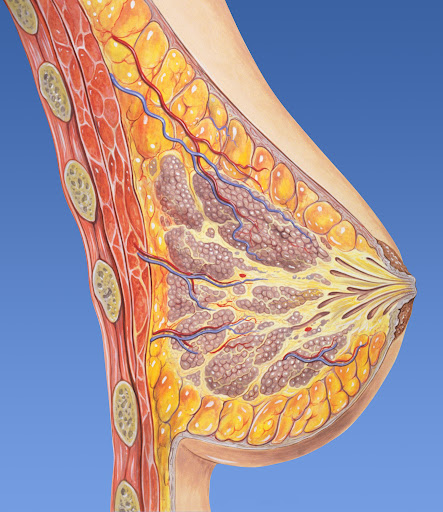Bondronat Ampule
- Introduction to Bondronat Ampule
- Uses of Bondronat Ampule
- How Bondronat Ampule Works
- Ibandronic acid dosage and Administration of Bondronat Ampule
- Composition of Bondronat Ampule
- Ibandronic acid side effects
- Storage and Handling of Bondronat Ampule
- Ibandronic acid interactions
- Ibandronic acid warnings and Contraindications
- Important Precautions for Bondronat Ampule Use
- Special Considerations in Administration
- Overdosage of Bondronat Ampule
- Handling Precautions for Bondronat Ampule
Introduction to Bondronat Ampule
Overview of Bondronat Ampule
Bondronat Ampule is mainly utilized in cancer treatment to address calcium-related issues and bone problems linked to growth. Its component, ibandronate acid, targets bone resorption for beneficial outcomes in challenging scenarios.
Importance in Medical Treatments
This medicine plays a role in preventing bone-related issues in cancer patients and contributes to quality of life by alleviating bone pain and fractures while also helping maintain calcium balance in the body. It also boosts the effectiveness of cancer treatment strategies.
Regulatory Approvals and Availability
Bondronat Ampule has been approved for use worldwide under strict regulations to guarantee its safe and efficient utilization. Its widespread presence in pharmacies and hospitals underscores its acknowledged importance in healthcare practices.
Uses of Bondronat Ampule
Primary Indications
Management of Hypercalcemia in Malignant Diseases:
It aids in lowering high calcium levels triggered by types of cancer.
Off-Label Uses
Management of Osteoporosis:
Utilized to enhance bone density in individuals with reduced bone mass.
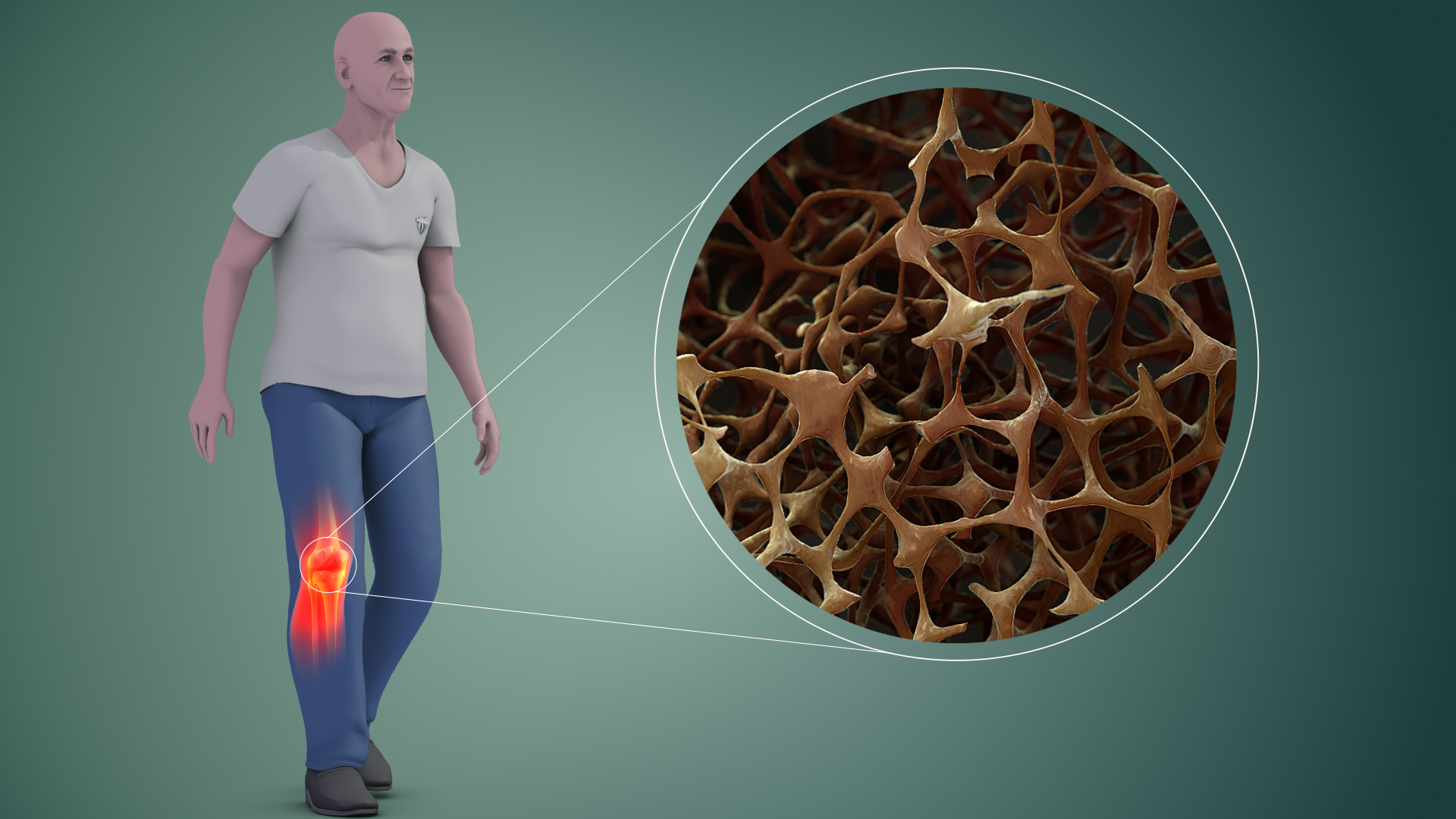
Paget's Disease
Decreases the amount of bone remodeling to enhance the strength of bones.
Potential Applications in Rheumatic Disorders:
Examined for its capacity to address issues concerning bones and joints.
Ibandronic acid breast cancer
How Bondronat Ampule Works
Mechanism of Action
Bondronat attaches to hydroxyapatite crystals in the bone and hinders the activity of osteoclasts. This results in a decrease in bone resorption, leading to the preservation of bone density and a reduction in the release of calcium into the bloodstream.

Effects on Bone Resorption and Calcium Levels
By helping to maintain calcium levels within the body stably, Bondronat averts symptoms brought on by calcium levels, such as tiredness, fog, and heart problems; it also promotes the strength of the bone structure, particularly in areas affected by metastasis.
Ibandronic acid dosage and Administration of Bondronat Ampule
Recommended Dosages for Approved Uses
- Hypercalcemia in these conditions usually requires administering a dose of 2 to 4 mg through infusion over a span of 2 hours.
- As part of therapy, bone metastases are treated with a dosage of 6 mg given every 3 to 5 weeks.
Administration Guidelines
Infusions must be made in an environment to ensure safety and effectiveness, so it's important to dilute them with saline or glucose solutions and monitor the patients' hydration levels to avoid straining the kidneys.
Adjustments for Special Populations
Patients with impaired kidney function or older individuals may need doses of medication. It's important to monitor them regularly to prevent negative effects.
Composition of Bondronat Ampule
Active Ingredients
Each vial holds Ibandronic Acid as the ingredient—a powerful tool for managing bone diseases.
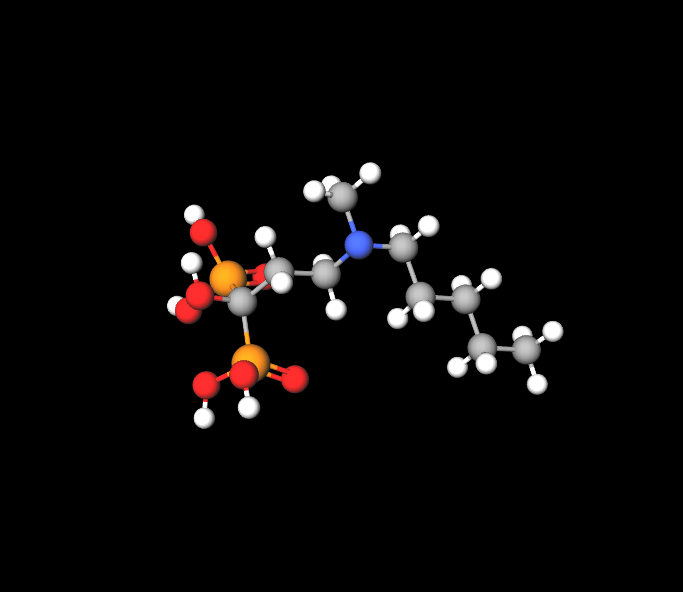
Inactive Ingredients and Their Role
To maintain the solution's stability and ensure compatibility with administration, excipients such as sodium chloride and sterile water are used.
Ibandronic acid vs alendronic acid
Both ibandronic acid and alendronic acid are bisphosphonates commonly prescribed for osteoporosis treatment. Some studies suggest that ibandronic acid may have a risk of causing effects in the upper digestive system compared to alendronic acid due to its administration in smaller amounts during treatment.
Ibandronic acid side effects
Overview of Potential Adverse Effects
When taken as directed with care, Bondronat may cause side effects that occur infrequently or rarely. It is essential to detect any signs and promptly address them.
Common Side Effects
- Symptoms in the system may include feelings of queasiness, discomfort in the stomach area, and digestion issues.
- Common reactions at the injection site include redness, swelling, and discomfort in the area where the infusion was administered.
- Experiencing symptoms similar to the flu can include having a fever along with feelings of tiredness and muscle soreness.
Rare but Serious Side Effects
- Osteonecrosis of the Jaw: A rare condition involving jawbone deterioration.
- Severe Hypocalcemia: Critically low calcium levels requiring immediate correction.
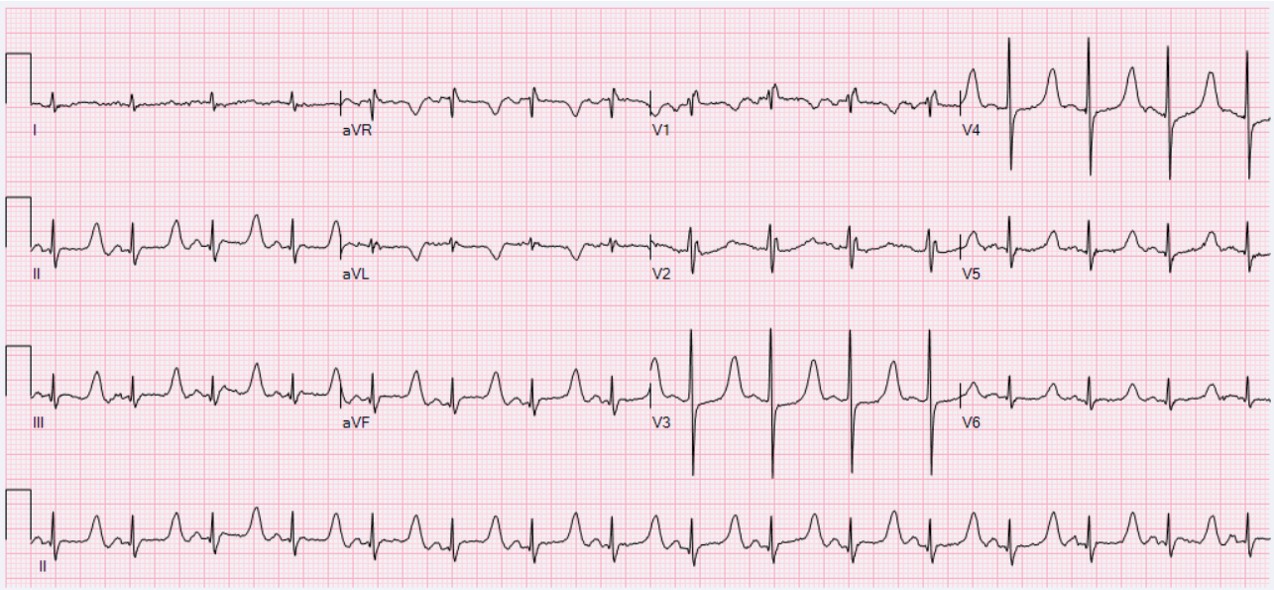
Storage and Handling of Bondronat Ampule
Recommended Storage Conditions
Store Bondronat Ampules in an area shielded from light and with temperatures ranging from 15°C to 30°C. Make sure the ampules are kept intact until they are ready for use.
Guidelines for Safe Handling
Remember to wear gloves when handling the medication and dispose of any ampules or prepared solutions according to the biohazard rules in your area.
Ibandronic acid interactions
Drug-Drug Interactions
Bondronat Ampule interacts with various medications, necessitating a careful review of concurrent therapies. Co-administration with calcium-containing drugs, antacids, or magnesium supplements may reduce its absorption and efficacy. Additionally, combining Bondronat with nephrotoxic drugs, such as aminoglycosides, increases the risk of renal impairment.
- Interaction with NSAIDs may exacerbate gastrointestinal side effects.
- Concurrent use with loop diuretics can potentiate hypocalcemia.
Food and Beverage Interactions
Bondronat is given through an infusion method; however, dietary elements can impact calcium levels and the bones' metabolism overall. Consuming calcium through food might work against the intended therapeutic outcomes, and alcohol as well, as caffeine could potentially have an indirect negative effect on bone health. It is recommended for patients to follow a rounded diet without overdoing supplementation unless it is specifically advised by a healthcare provider.
Ibandronic acid warnings and Contraindications
Situations Requiring Caution
Before giving Bondronat Ampule, it is important to be cautious due to factors that may increase side effects or negatively affect treatment results.
Renal Impairment
Patients who have kidney problems face an increased chance of experiencing issues like nephrotoxicity or harm to the kidneys from medications or treatments. They may need changes, in medication doses or how quickly the medicine is given to reduce risks.
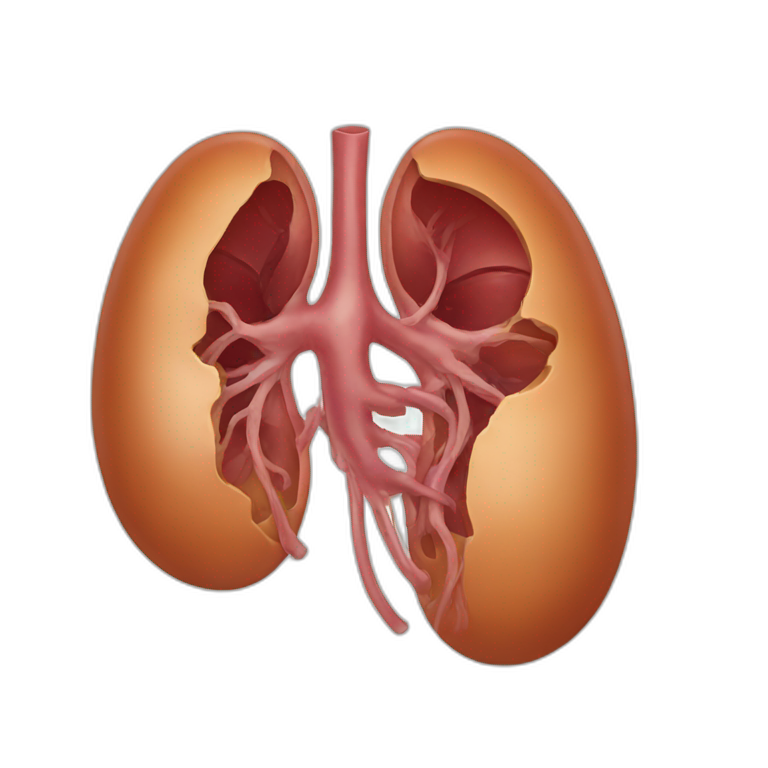
Existing Gastrointestinal Disorders
People with stomach ulcers or inflammation in the esophagus might notice that their symptoms worsen in some situations. Even though intravenous administration avoids the system altogether it's essential to be aware that risks are still associated with its systemic effects.
Absolute Contraindications
Bondronat should not be used by patients allergic to Ibandronic Acid or any other ingredient in the product, and it is not recommended for individuals with kidney problems (creatinine clearance less than 30 mL/min).
Important Precautions for Bondronat Ampule Use
Regular Monitoring Requirements
Regular checkups are essential to ensure that treatments are safe and effective. Factors like serum calcium levels and bone mineral density should be monitored periodically to help with treatment decisions in the long run.
Signs of Adverse Reactions to Watch For
Both patients and healthcare professionals need to stay alert for signs, such as muscle cramps, strange jaw discomfort, or lasting tiredness, that could point to complications.
Special Considerations in Administration
Administration to Elderly Patients
Dosage Adjustments and Monitoring
Elderly people often need monitoring due to decreased kidney function, which can lead to the need to adjust medication doses to avoid build-up and potential harm while ensuring the treatment remains effective.

Administration to Pregnant Women and Nursing Mothers
Risk Assessment During Pregnancy
There is no information about the safety of Bondronat when used during pregnancy. Studies on animals indicate dangers to bone development, highlighting the importance of carefully considering the pros and cons for pregnant women.
Effects on Lactation and Infant Health
The presence of ibandronate in human breast milk remains uncertain, prompting nursing mothers to either stop taking the medication or explore feeding options.
Administration to Children
Limited Evidence for Pediatric Use
The safety and effectiveness of Bondronat Ampule in children are not yet confirmed, so it is usually not used in populations unless there are no other options and the benefits outweigh the risks.

Overdosage of Bondronat Ampule
Symptoms of Overdose
Taking too much Bondronat can cause high calcium and phosphorus levels in your body, as well as serious kidney damage. You may experience muscle spasms, tingling sensations in your extremities, and irregular heart rhythms as symptoms.
Immediate Management Strategies
Managing an overdose typically includes stopping the infusion of medication and addressing any imbalances in electrolytes using calcium gluconate alongside providing relief measures for the patient's symptoms of overdose severity.
Handling Precautions for Bondronat Ampule
Safety Measures During Preparation
Healthcare providers should employ an approach when getting Bondronat ready for use, and wearing gloves is advisable to avoid unintended contact.
Disposal of Unused or Expired Ampules
Unused or outdated vials must be properly disposed of following the guidelines set by your authorities for medical waste management, ensuring they are not thrown in garbage bins to prevent harm to the environment or unintended misuse.
Bondronat Ampule FAQ
- When to take ibandronic acid?
- What are ibandronic acid tablets for?
- What is ibandronic acid?
- What is ibandronic acid used for?
- How long should i take ibandronic acid?
- How does ibandronic acid work?
- How to use ibandronic acid?
- How to take ibandronic acid tablet?
- How to take ibandronic acid injection?
- How ibandronic acid works?
- Can ibandronic acid cause joint pain?
- What are ibandronic acid tablets for?
- How to give ibandronic acid?
- How to administer ibandronic acid?
When to take ibandronic acid?
Make sure to take it in the morning before eating anything or having any drinks or medications an hour before.
What are ibandronic acid tablets for?
Ibandronate is a medication used to treat osteoporosis by enhancing bone strength and reducing the risk of fractures.
What is ibandronic acid?
Ibandronic acid is a type of bisphosphonate that is commonly used to prevent bone fractures in individuals with bone-related cancers.
What is ibandronic acid used for?
It is effective for addressing elevated calcium levels in the bloodstream due to cancer spreading to the bones (secondary bone cancer) as bone fragility or discomfort resulting from breast cancer metastasizing to the bones.
How long should i take ibandronic acid?
You typically have to use acid for a minimum of 6 months to experience its impact on your bones; thereafter, you can continue taking it as long as it remains effective.
How does ibandronic acid work?
Ibandronic Acid decreases the function of osteoclasts, which aids in pain alleviation and bone reinforcement by diminishing calcium loss from bones and thus facilitating the restoration of blood calcium levels.
How to use ibandronic acid?
You should consume acid tablets in the morning along with a glass of water.
How to take ibandronic acid tablet?
You should have your acid tablets in the morning, along with a glass of water.
How to take ibandronic acid injection?
Please administer the ibandronic acid concentrate for solution for infusion, via infusion lasting 2 hours.
How ibandronic acid works?
By reducing the activity of bone-degrading cells, Ibandronate aids in rebalancing. Strengthening your bones.
Can ibandronic acid cause joint pain?
Symptoms might consist of feverishness with high body temperature and chills or shakes, headaches, muscle soreness, or joint and bone aches.
What are ibandronic acid tablets for?
Treatment for osteoporosis includes the use of Ibandronate medication to improve bone strength and reduce the risk of fractures.
How to give ibandronic acid?
Remember to take the tablet in the morning on a stomach and swallow it whole, with a full glass of water. Avoid chewing or crushing it! Make sure to sit or stand up straight when taking the tablets.
How to administer ibandronic acid?
Administer Ibandronic acid concentrate for infusion as a drip lasting 2 hours.


